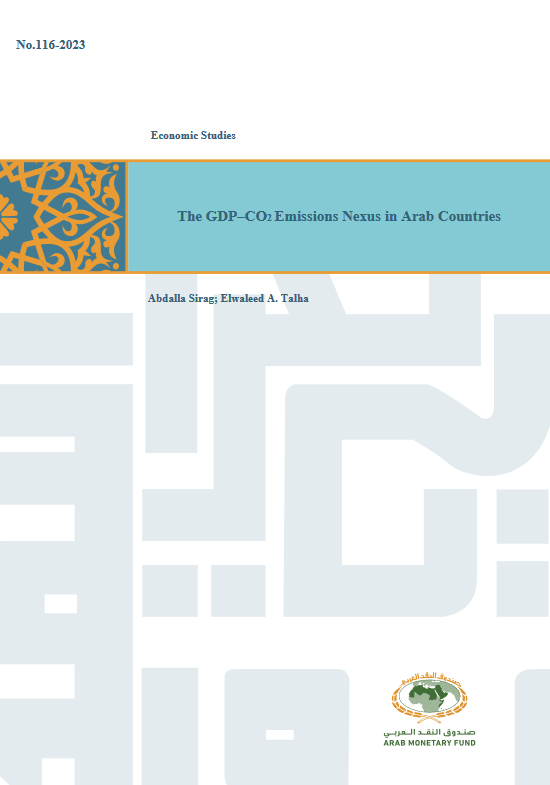This research investigates the environmental Kuznets curve (EKC) paradigm by assessing the link between real GDP per capita, renewable energy, energy prices, and carbon dioxide (CO2) emissions in selected Arab nations. In order to determine the extent of the association between the variables, the pooled mean group model is applied. According to the findings, real GDP per capita has a long-term positive effect on CO2 emissions, but quadratic GDP has a negative impact on CO2 emissions. The results suggest a non-linear relationship between the real GDP per capita and CO2 emissions; hence, the EKC hypothesis can be true when heterogeneity in the sample is controlled for. The study found that higher GDP contributed to higher CO2 emissions below the turning point. Still, higher GDP contributed to lower CO2 emissions beyond the income turning point in high-income and non-high-income Arab countries. In addition, the findings indicate that the use of renewable energy is inversely related to carbon dioxide emissions. In a similar vein, fluctuations in energy prices have been shown to have a detrimental impact on CO2 emissions, particularly in middle- and low-income Arab nations.
